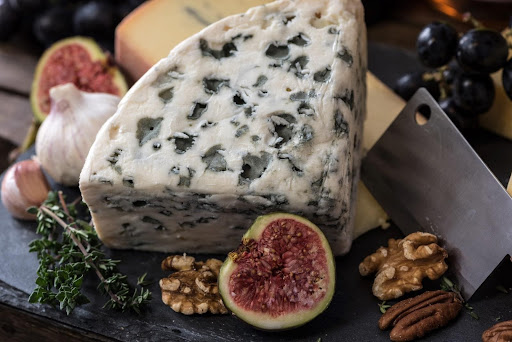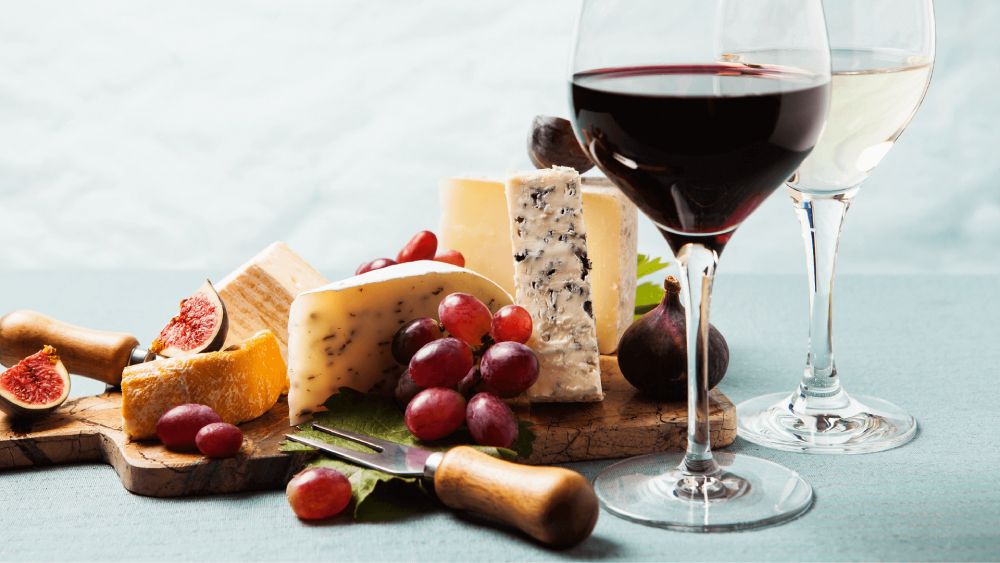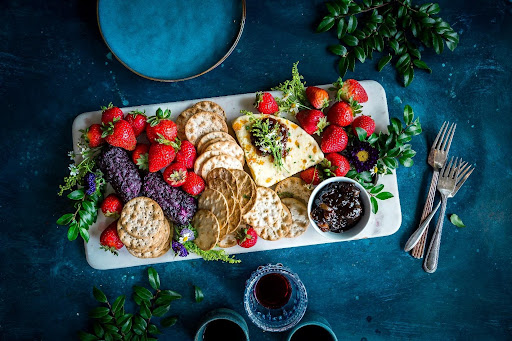A Beginner’s Guide to Pairing Fruit and Cheese
Having company over? Nothing impresses quite as much as an exquisite charcuterie board or a delightful cheese platter – well, provided that you know the secrets to pairing fruit and cheese properly.
As you start working on that picture-perfect platter you had envisioned only minutes ago, it suddenly hits you, ‘Wait, what fruit goes with this or that type of cheese?’ And if you have no clue, then worry not; you don’t have to be a cheese snob to get the fundamentals right.
Pairing Fruit and Cheese – The Basics
Pairing fruit and cheese is a fashionable (and allegedly fancy) culinary practice in the U.S. This brief guide will walk you through quick & easy combos meant to steal the show both at home or in a restaurant! We’ll delve way beyond the postcard-style bunch of grapes next to cheese and red wine – poetical, but not always a good duo, culinary experts tell us.
What’s the whole idea behind pairing fruit and cheese, anyway?
Which cheese and produce pairings, we strive for a balance between various complementary tastes and textures. For example, sweet, succulent fruit works wonderfully with a rich and savory cheese assortment, and the flavor contrast itself brings out the best in both.

It’s not easy to figure out how to match things with so many possibilities at hand. Luckily, PHCheese shares with us the following guidelines (courtesy of Naomi Smith, an instructor at The Cheese School of San Francisco). We suggest you keep them when fashioning your fruits and cheese platters:
- Fresh fruit matches fresh cheese (i.e., soft, high-moisture cheeses without rinds, such as Ricotta or Chèvre)
- Sugar loves mold (like bloomy rind, washed rind, wrinkly rind, blue cheese)
- Balance intensities & seek out complementary flavors (especially for semi-hard cheese)
- Use fatty flavors to soften dry textures (as with hard cheese)
And unless we’re aiming for failure, Naomi Smith advises us to keep away from the following bad habits:
- Combining bitter & fresh flavors (for bloomy rind, washed rind, and wrinkly rind cheeses)
- Mixing high acidity with bitter flavors (for soft, fresh cheeses)
- Matching tastes & textures (especially for semi-hard cheeses)
- Acidic wines and fruits with blue cheese (they make it soapy)
- Pairing dry cheese with fresh produce
Great Combos for your Cheese and Fruit Platter
There are so many cheese and fruit permutations worth exploring that one guide can’t introduce them all. So we’ve settled for listing one fruit plus a few types of cheese it goes well with so that you can enjoy a bit more creative freedom when creating your fancy cheese platters. Feel free to explore specific recipes further using these combinations – the internet is, frankly, full of them!
- Apple — Cheddar, Manchego, Brie, Honeycrisp, Granny Smith, Fuji, Gala
- Blackberries — Cotija or Aged Cheddar
- Cranberries — Mozzarella or Manchego
- Raspberry — Cream Cheese, or grilled Muenster/Baby Swiss Cheese
- Fig — Blue Cheese or Smoked Gouda
- Grapes — Red Wax Gouda, Cheddar, or Gorgonzola
- Pear — Brie, Blue Cheese, Manchego, Pecorino Romano, or Camembert
- Peach — Burrata or Mozzarella
- Strawberry — Fontina or Ricotta
Final Thoughts
Franky, some of the best platters and charcuterie boards are those that make the most of seasonal produce varieties, so try to stick with locally-sourced fruits at their peak freshness – especially if you’re a restaurant. Don’t forget that you can always order seasonal produce from reliable suppliers like Riviera!

